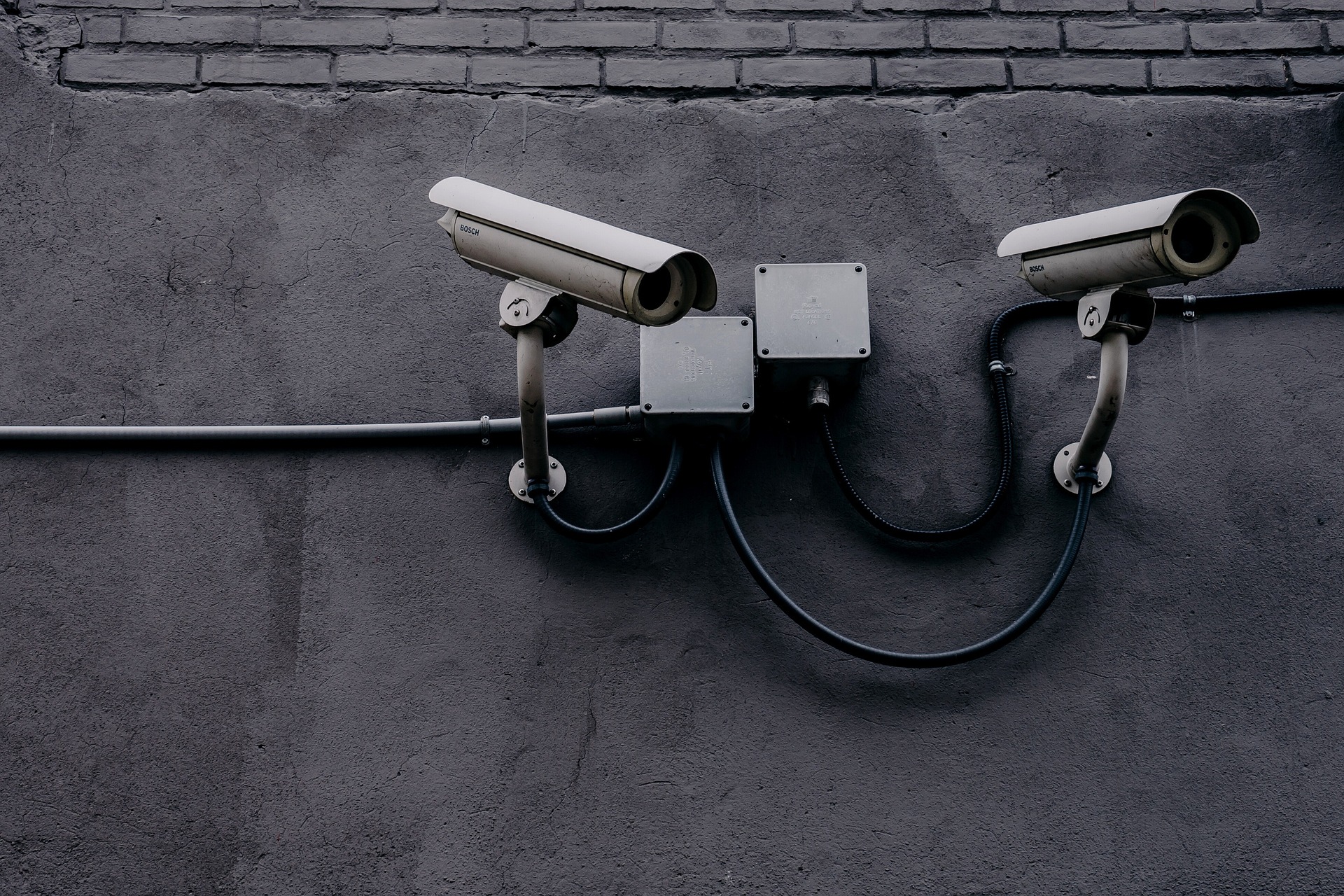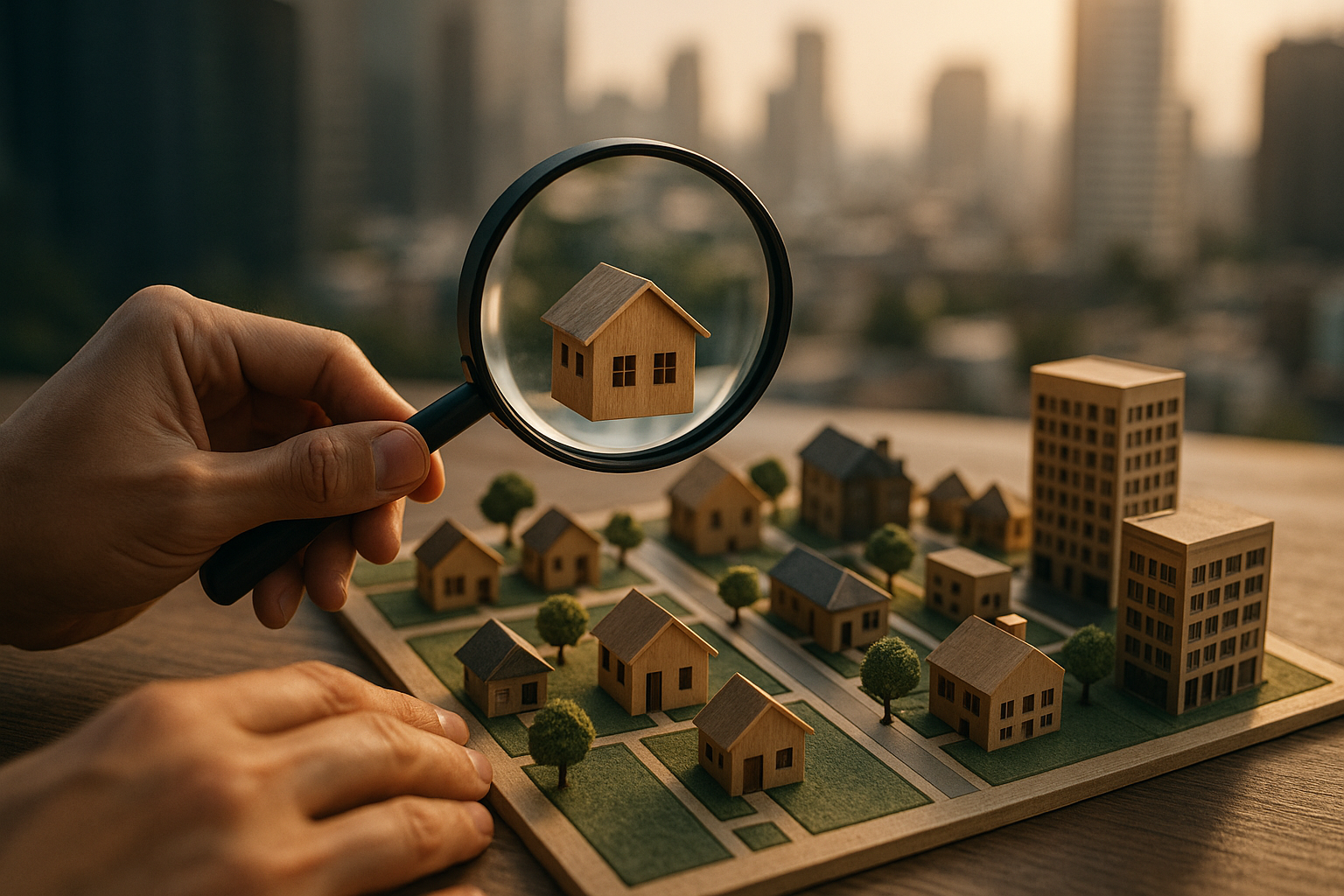Technologies of the future: smart traps and pest monitoring in USA
The evolution of pest control has taken a significant technological leap with the introduction of innovative smart traps. These ingenious devices are transforming traditional pest monitoring methods, offering efficiency and effectiveness in ways that were previously unimaginable. Understanding their capabilities can lead to effective solutions in managing pest populations while minimizing environmental impacts.

Enhanced Monitoring Capabilities Transform Pest Detection
Modern pest control systems now feature advanced sensors and cameras that provide real-time monitoring of pest activity. These systems can detect movement patterns, identify specific pest species, and alert property owners or pest control professionals immediately when activity is detected. The technology uses machine learning algorithms to differentiate between pest types, enabling more targeted and efficient treatment approaches.
Integration with IoT Technology Enables Remote Management
The Internet of Things (IoT) has revolutionized pest control by connecting monitoring devices to centralized management systems. Property managers can now access real-time data through mobile applications, review historical pest activity patterns, and coordinate response efforts remotely. This connectivity allows for immediate action when infestations are detected, preventing small problems from becoming major issues.
Eco-Friendly Solutions Through Smart Technology
Smart pest control systems promote environmental sustainability by enabling precise treatment applications. Instead of widespread chemical treatments, these systems allow for targeted interventions only where needed. Automated traps use non-toxic methods when possible, and smart dispensing systems ensure minimal chemical usage while maintaining effectiveness.
User-Friendly Interface Simplifies Pest Management
Modern pest control platforms feature intuitive dashboards that make complex data easily accessible. Users can view detailed analytics, receive automated alerts, and access treatment history through simple touch-screen interfaces. These systems often include mobile apps that provide instant notifications and allow remote system management.
Cost-Effectiveness Through Automated Solutions
Smart pest control systems offer significant long-term cost benefits despite initial investment requirements. The automation of monitoring and early detection capabilities reduces the need for frequent manual inspections and prevents costly large-scale infestations.
| Solution Type | Initial Investment | Annual Maintenance | ROI Timeline |
|---|---|---|---|
| Basic Smart Monitoring | $500-1,500 | $200-400 | 1-2 years |
| Advanced IoT System | $2,000-5,000 | $400-800 | 2-3 years |
| Enterprise-Level Integration | $5,000-15,000 | $1,000-2,000 | 3-4 years |
Prices, rates, or cost estimates mentioned in this article are based on the latest available information but may change over time. Independent research is advised before making financial decisions.
The future of pest control lies in these smart technologies that combine efficiency, environmental responsibility, and user convenience. As these systems continue to evolve, we can expect even more sophisticated solutions that make pest management more effective and sustainable. The integration of artificial intelligence, machine learning, and IoT technology will continue to advance, offering increasingly precise and automated pest control solutions for both residential and commercial applications.




